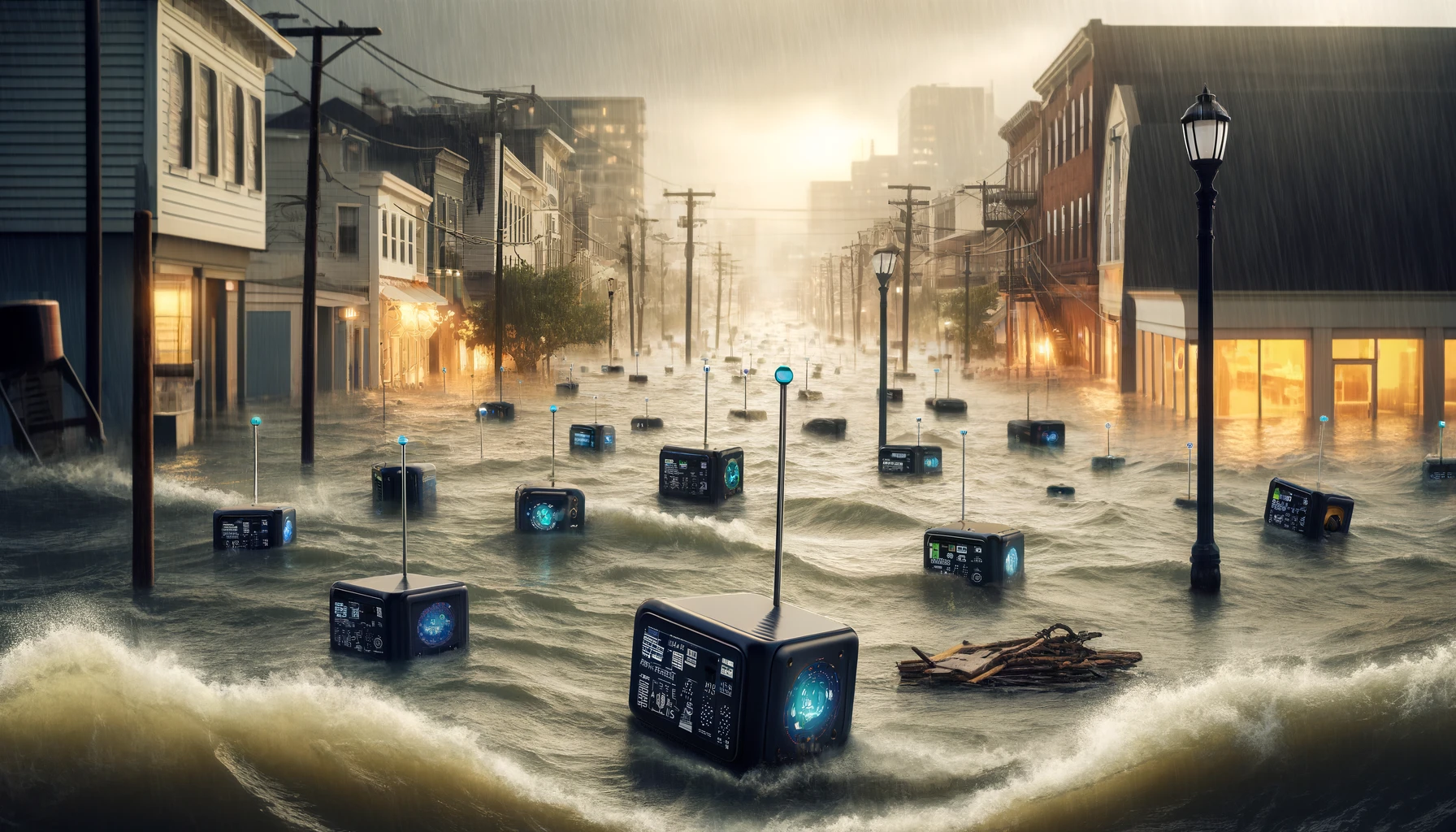In remote and disaster-prone areas, the rapid deployment of Internet of Things (IoT) technologies coupled with artificial intelligence (AI) has opened new vistas for emergency management and community safety in smart cities. These leading IoT deployments, highlighted at the recent announcement of the IDC Smart Cities Awards winners, solidified the role that edge computing is going to play in realizing some of the most important smart city projects of the era.
The yearly IDC Smart Cities North America Awards showcase some of the most innovative use cases & deployments for smart city technology on the continent, including the use AI-powered and edge computing-dependent IoT projects tackling different slices of the smart city ecosystem, from civic engagement, to public health, to transformation, and more.
One of the standout winners included a flood resiliency initiative in Virginia Beach, VA. FloodVISION-AI, a cutting-edge project in Virginia aimed at enhancing flood resilience, was made a winner at the IDC Smart Cities Awards for its innovative approach to water management. This initiative, part of the broader StormSense Project, employs machine learning to interpret water levels from advanced 4K web cameras with infrared capabilities, set up in 2022. The deployment of these cost-effective and energy-efficient sensors marks a significant advancement in water level sensing, complementing the active sensors maintained by USGS and NOAA. Critical to the success of this project was the use of edge computing solutions, which are allowing for data processing to be done close to where data is collected, including in extremely rugged environments and use cases like flood monitoring.
What makes this IDC Smart Cities Awards winning project and its use of IoT ecosystems such a success? How important will edge computing be, especially at the rugged edge, in these types of environmental insights projects for successful smart cities? Iain Murray, Ph.D., a pioneer and leading researcher in the field of IoT, and a John Curtin Distinguished Professor at the School of EECMS at Curtain University, explains why, for these kinds of mission critical operations in rugged environments, constant uptime to perform critical computations and make decisions in real-time without needing a continuous connection to the cloud is so paramount.
“Having the processing at the edge, absolutely crucial in disaster management where you can lose internet, but also crucial in many other instances where we have unreliable or very low bandwidth connections,” Murray said.
Article written by Daniel Litwin.

Wanda Parisien is a computing expert who navigates the vast landscape of hardware and software. With a focus on computer technology, software development, and industry trends, Wanda delivers informative content, tutorials, and analyses to keep readers updated on the latest in the world of computing.


